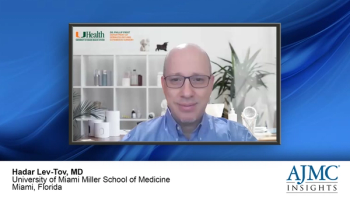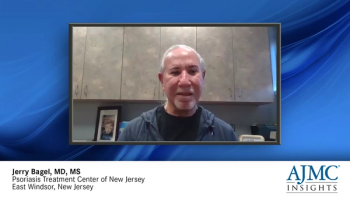
Panelist discusses how hidradenitis suppurativa’s early detection is challenging due to misdiagnosis, patient stigma, and limited awareness. Improved physician education, proactive screening, and strategic use of claims data can help identify undiagnosed cases earlier, enabling more timely intervention and management.






